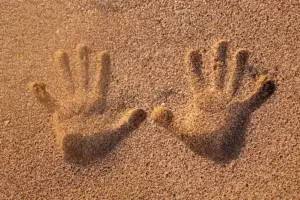
The Vatican has returned 62 Indigenous artifacts to Canada’s Catholic bishops, marking a pivotal moment in ongoing reconciliation efforts. This transfer, described as “a concrete sign of dialogue, respect and fraternity,” aims to address historical grievances stemming from colonial practices that removed cultural property from Indigenous nations.
In a joint statement, the Holy See confirmed that the artifacts were originally gifted by Pope Leo XIV and had been housed in the Vatican Museums since being sent to Rome for the 1925 exhibition. The collection features significant items, including an **Inuit kayak**, ceremonial masks, traditional footwear, and other culturally important objects. Indigenous leaders are optimistic about the potential for these artifacts to be reunited with their communities of origin.
Concerns regarding the vast number of cultural items still held outside Indigenous communities remain prevalent. The Vatican’s Anima Mundi Museum is known to contain thousands of Indigenous artifacts collected from across Canada. In response to this situation, Canada’s Foreign Affairs Minister Anita Anand expressed her support for the return, describing it as a significant step towards rectifying past injustices.
The Vatican’s decision is part of a broader initiative to rectify its historical role in colonial dispossession. During his visit to Canada in 2022, Pope Francis publicly apologized for the Church’s involvement in the residential school system, which has had lasting effects on Indigenous communities.
In a significant move in 2023, the Vatican acknowledged the historical misuse of the “Doctrine of Discovery,” which had been used to justify the seizure of land and the suppression of Indigenous cultures. Despite these steps, Indigenous leaders have pointed out that thousands of cultural items remain in museums throughout Europe and North America.
Ongoing discussions focus on various aspects of repatriation, including provenance and stewardship. There is a growing conversation about whether future repatriations should occur directly between the Vatican and Indigenous governments, emphasizing the need for a respectful and collaborative approach to restoring cultural heritage.
This recent transfer of artifacts signifies not only a gesture of goodwill from the Vatican but also highlights the importance of continued dialogue in the pursuit of reconciliation. As Indigenous leaders advocate for the return of cultural items, the Vatican’s actions may serve as a model for other institutions holding Indigenous artifacts worldwide.






